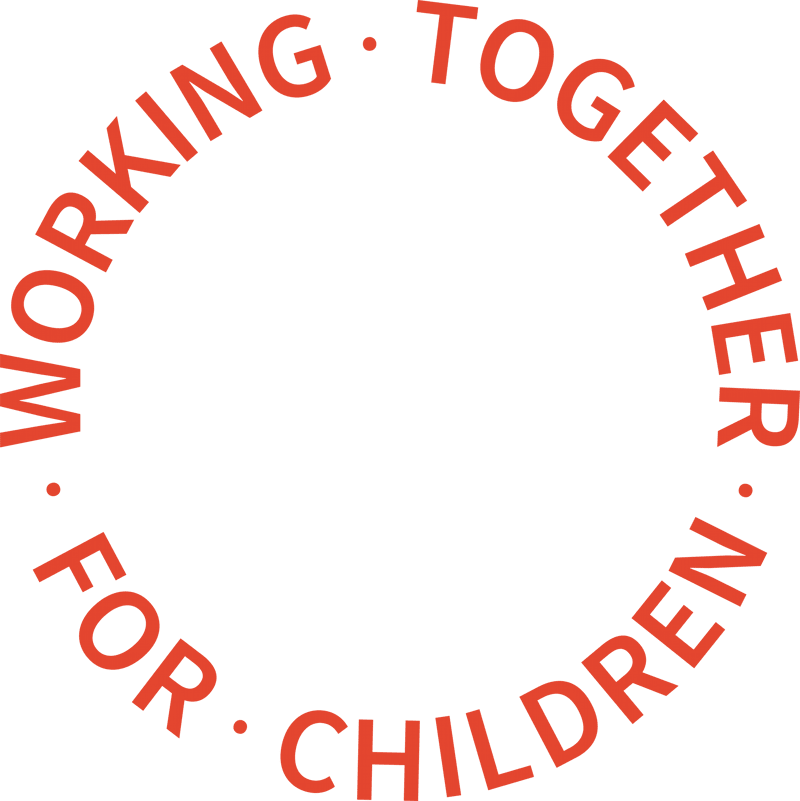Young people sexually abused in custodial institutions experienced a high degree of violence and sadism, a report by the Independent Inquiry into Child Sexual Abuse has found.
A culture of punishment contributed to a brutal environment, with survivors reporting being kicked, beaten, caned, having their testicles squeezed and being slapped around the head, the report said.
The inquiry published a thematic report examining the experiences of victims and survivors of child sexual abuse as shared with the inquiry’s Truth Project which details their findings in relation to experiences of abuse in custodial institutions.
“The particular geographical and social isolation of such institutions left children almost completely isolated from outside contact, meaning they were completely under the power of the adults charged with their care; they literally had nowhere to run,” said the report.
“A high degree of violence and sadism featured in the abuse in custodial institutions. This may have been linked to the culture of punishment within such establishments and also potentially with the motivations of the perpetrators in those particular environments,” the report added.
The research found that sexual abuse usually occurred from the very outset of entering a custodial institution. The positional power and control the perpetrators had meant they did not need to groom their victims.
Participants in The Truth Project, which was set up to hear and learn from the experiences of victims and survivors of child sexual abuse in England and Wales and which offers victims and survivors an opportunity to share experiences of child sexual abuse, described how perpetrators were able to act with impunity within the custodial regime. Non-abusing adults did little to actively protect the children.
They also found that their backgrounds of being in custody as children, as well as the serious impact of the poor education they received there, meant they often faced long-term employment and financial difficulties.
Victims and survivors described their unstable childhoods with parents and carers unable to provide suitable and safe homes or meet their children’s basic needs. They experienced home environments featuring domestic abuse, substance misuse and extreme poverty. Some experienced child sexual abuse prior to being placed in a custodial institution at the hands of siblings, parents, parents’ partners and peers. As a result, they had been in care from a young age.
Participants reported:
- Sexual abuse in custodial institutions was perpetrated by a range of individuals, including correctional officers as well as educational, welfare and support staff.
- Some reported being abused by a peer or older child.
- Abuse by multiple perpetrators was common, with perpetrators sometimes described as operating in collusion.
- Participants were subjected to a wide range of sexually abusive behaviour, including rape, forced oral sex and masturbation.
- Some of the abuse was extremely violent in nature, and participants also witnessed the sexual and physical abuse of their peers.
- All participants in the qualitative sample experienced physical abuse in custodial institutions and most spoke of other non-sexual abuse they experienced while in custody, including mental and emotional abuse, humiliation and forced labour.
Victims were coerced predominantly by fear of physical violence and retribution or by the use of drugs in the abuse. Sexual abuse took place in both communal and private spaces within the custodial institution. Abuse in dormitories at night or being taken from dormitories to more isolated spaces was common, as was abuse during or after showering or bathing.
Often the sexual abuse only ceased after the victim and survivor was either released from custody or moved to another institution, rather than as a result of any form of positive intervention, the research found.
Children rarely experienced support or encouragement other than from a few isolated members of staff who tried to protect them from abuse. A culture of bullying, rivalry and extreme competitiveness also existed among the children in custodial institutions themselves.
Staff members would be aware of perpetrators taking children away alone somewhere or even abusing them in the presence of others. Staff would also ignore behaviours and signs in the children that were potential indicators of abuse, the participants said. Children in custody were aware of the abuse of their peers, either because they had directly witnessed it or because they knew there were particular adults they needed to be wary of.
It was unusual for victims and survivors in this sample to have disclosed or reported any of the abuse to the institution at the time. Where they had done so, nothing was done about it and most participants who did disclose, experienced physically violent or threatening responses from the staff, governor or their peers.
“Most participants who disclosed as adults found the process traumatic and difficult but ultimately a positive experience when they disclosed to counsellors, support services, family and friends. They were relieved to finally have the opportunity to open up about what had happened and, for some, to seek counselling and support,” said the report. “However, those participants who reported to authorities generally felt let down by the authorities they reported to.
They described a lack of compassion and insufficient action taken by authorities with regard to providing them with information, accepting responsibility, apologising and awarding compensation.”
Participants’ experiences of the criminal justice system and of reporting to the police as children were generally negative, which led to a lack of trust in the police throughout their lives. They reported mixed experiences when dealing with the police and criminal justice agencies as adults, some supportive while others lacked compassion.
As children, participants experienced emotional and psychological distress, and some attempted suicide or witnessed the suicidal behaviour of other child victims. They reported the intense feelings of anger, hate and powerlessness they felt as children in custodial institutions and as young adults after release. This impacted their behaviour and resulted in violence, aggression, becoming involved in criminal activity, drug and alcohol misuse, self-harm and self-neglect, and running away.
Participants also felt guilt and self-blame about what had happened, which impacted their self-esteem and self-confidence.
While victims and survivors initially employed negative coping mechanisms such as substance misuse and isolating themselves, eventually confronted their thoughts and feelings, generally many years after the abuse had occurred and sought support or counselling to find ways of coping better.
Many participants in this sample experienced abuse prior to the 1990s, during a period when the youth secure estate was set up in a different way to how it is currently. However, participants had experienced many difficulties throughout their lives and made a number of suggestions to improve child protection and assist victims and survivors of child sexual abuse in future. This included:
- There should be an end to remaining barriers and limitations impacting on victims and survivors’ ability to gain justice and recognition.
- Local police forces should not be allowed to investigate allegations of non-recent child abuse in institutions in their own geographical area.
- Date limitations preventing the ability to make compensation claims should be removed.
- Emotional and practical support should be in place for those victims and survivors receiving financial compensation following the abuse.
- There should be more specific support services, locally available, for young people.
“Culturally, participants felt that, as a society, we need to be open and speak out about sexual abuse, and that cultural views and the stigma about people living in poverty and children who have spent time in custodial institutions need to change. There was also a view that reporting concerns should become a more familiar and expected process in society,” said the report.
“Participants also said that both professionals and members of the public need to listen carefully to children and observe their behaviour for signs of abuse. Politically, it was felt that the state needs to be held responsible and accountable for responses to child sexual abuse and institutional failure,” the report concluded.
Dr Sophia King, principal researcher, said: “This report provides crucial insight into the appalling abuse suffered by children in custodial institutions and its lifelong impacts.
“One survivor told us that what should have been three months is now a life sentence due to the abuse they suffered. We must learn from experiences like this to ensure children in custody are not abused again,” she concluded.
Truth Project Thematic Report - Child sexual abuse in custodial institutions


